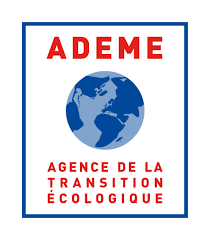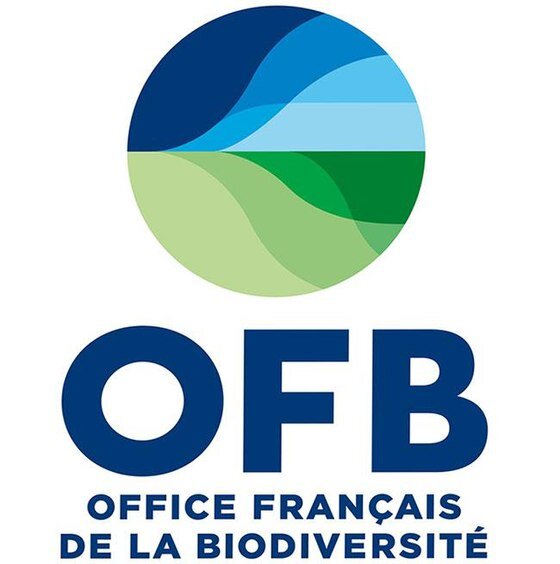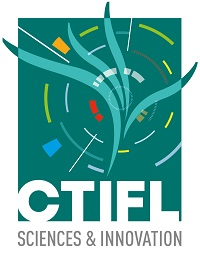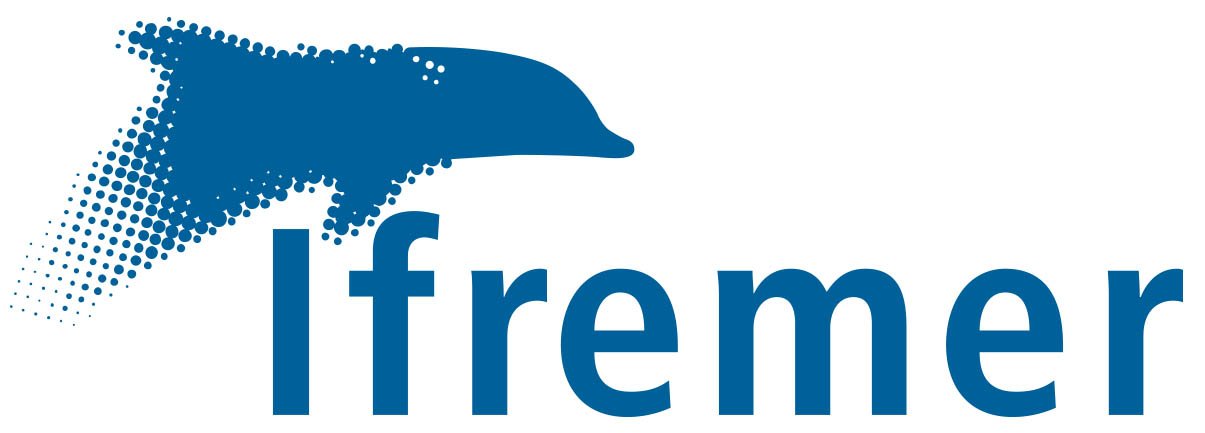Here are some projects carried out in natural parks around the world in order to map the abundance of a population of megafauna and/or human activities having an impact on this population.
Marine megafauna, southern Finistère (BRITANNY, frANCE)
2021-23 : Realization of knowledge acquisition campaigns on marine megafauna
Client : French Biodiversity Agency, Iroise Marine Protected Area
Problem : Acquire data in the study area to qualify and quantify spatio-temporal attendance by marine megafauna: seabirds, sea mammals, sea turtles, etc.
Solutions :
L'Avion Jaune acquires very high resolution images.
WIPSEA uses, within the framework of this project, the neural network developed in the context of the SEMMACAPE project to automatically detect and classify the marine megafauna present in the photos corresponding to the visual observations.
Cohabys produces maps and abundance estimates from information extracted from photos and visual surveys.
Results : The neural network makes it possible to select the photos corresponding to the visual observations in order to define more precisely the species and the number of individuals. This allows the creation of more accurate distribution maps and abundance estimates.
Sustainable nautical Leisure activities, France
2021-22 : RESOBLO project : Realization of knowledge acquisition campaigns on leisure activities in marine protected area
Client : French Biodiversity Agency, Marine Protected Area of Cap Corse and Agriates, Marine Protected Area of the Picardy Estuaries and the Opal Sea
Problem : Detect and characterize leisure activities on aerial photos of 5cm resolution on the ground.
Solution :
L'Avion Jaune acquired very high resolution aerial photographs in the Cap Corse Marine Protected Area
WIPSEA enriched the neural network developed as part of RefiBapp (see project below) to add new nautical leisure activities and the detection of bathers, beach goers and divers.
Results : Delivery of layers of points locating people on the beach and in the bathing area as well as mooring buoys, boats and nautical gears on the beach and at sea (700m strip).
Sustainable nautical Leisure activitieS, France
2016-19 : RefiBApp Project : Fine recognition of boats and shell gatherers
Client : French Biodiversity Agency, the Regional Natural Park of the Gulf of Morbihan and the Marine Protected Area of the Gulf of Lion.
Problem : Count, on aerial photos, the thousands of shell gatherers present on the beaches of the Regional Natural Park of the Gulf of Morbihan during high tides. Investigate whether the drone or panoramic camera trap can be used to map the use of mooring areas in the two parks in order to determine the location of ecological mooring devices.
Solution : Use active learning* and/or deep learning to enable fine recognition of boats and counting of shell gatherers.
Result : Deep learning gives very good results on the fine recognition of boats and the counting of shell gatherers. Active learning shows interest and paves the way for an algorithm that adapts to what the user is looking for in photos (Mathieu Laroze publications). The drone is more accurate than the camera-trap in determining the location of boats at anchor (problem of perspective on the photos produced by the camera trap).
*: CIFRE thesis co-supervised by the OBELIX team from the University of South Brittany and the LinkMédia team from the University of Rennes 1. Thesis co-financed by AnRT and EIT Digital.
DUgongs, New Caledonia (FR)
2018-19 : Study and monitoring of the distribution of the Dugong population in New Caledonia by aerial flight.
Client : Conservatory of Natural Spaces in New Caledonia (CEN-NC).
Problem : For safety reasons (low altitude and low speed flight), monitoring by onboard observers requires a twin-engine aircraft from Australia, which increases costs.
Solution : Use Vertical Passion's single-engine aircraft, present in New Caledonia, but take a high-resolution camera and its operator provided by L’Avion Jaune and fly at higher altitude. Use the software solution developed by WIPSEA and the French Office for Biodiversity as part of the SEMMA-DRONE project to analyze and geo-reference the photographs then call on experts mandated by CEN-NC to validate the proposed detections . Deduce distribution maps and an estimate of the abundance of the dugong population (help from the CIRAD AMAP team for the statistics).
Results : This technique based on digital imagery and detection algorithms has demonstrated that our solution can process thousands of aerial photographs and find the dugongs present in these photos. The distribution maps and abundance estimates delivered allow the Conservatory of Natural Spaces to carry out its Dugong Action Plan.
Turtles, Mayotte (FR)
2013-2018 : SEMMA-DRONE Project : Monitoring and study of marine megafauna by drone
Clients : French Biodiversity Agency, Mayotte Marine Protected Area, CEDTM/Kélonia
Problem : Desire to use an Ebee drone monthly above the NGouja reserve (300m x 800m) to monitor the interactions of the population of sea turtles with the resource and human activities, but each flight generates 300 photos, therefore a solution is needed : semi-automatic analysis by a software.
Solution : Development by WIPSEA of a neural network using deep learning for the detection and recognition of sea turtles and development by Actimar of a photo geo-referencing plugin for QGIS.
Result : The software was used to determine the distribution of sea turtles in the reserve over 3 consecutive years. New software versions have made it possible to integrate new DJI drones and new images helped to obtain a more efficient neural network as part of a continuous improvement process.










